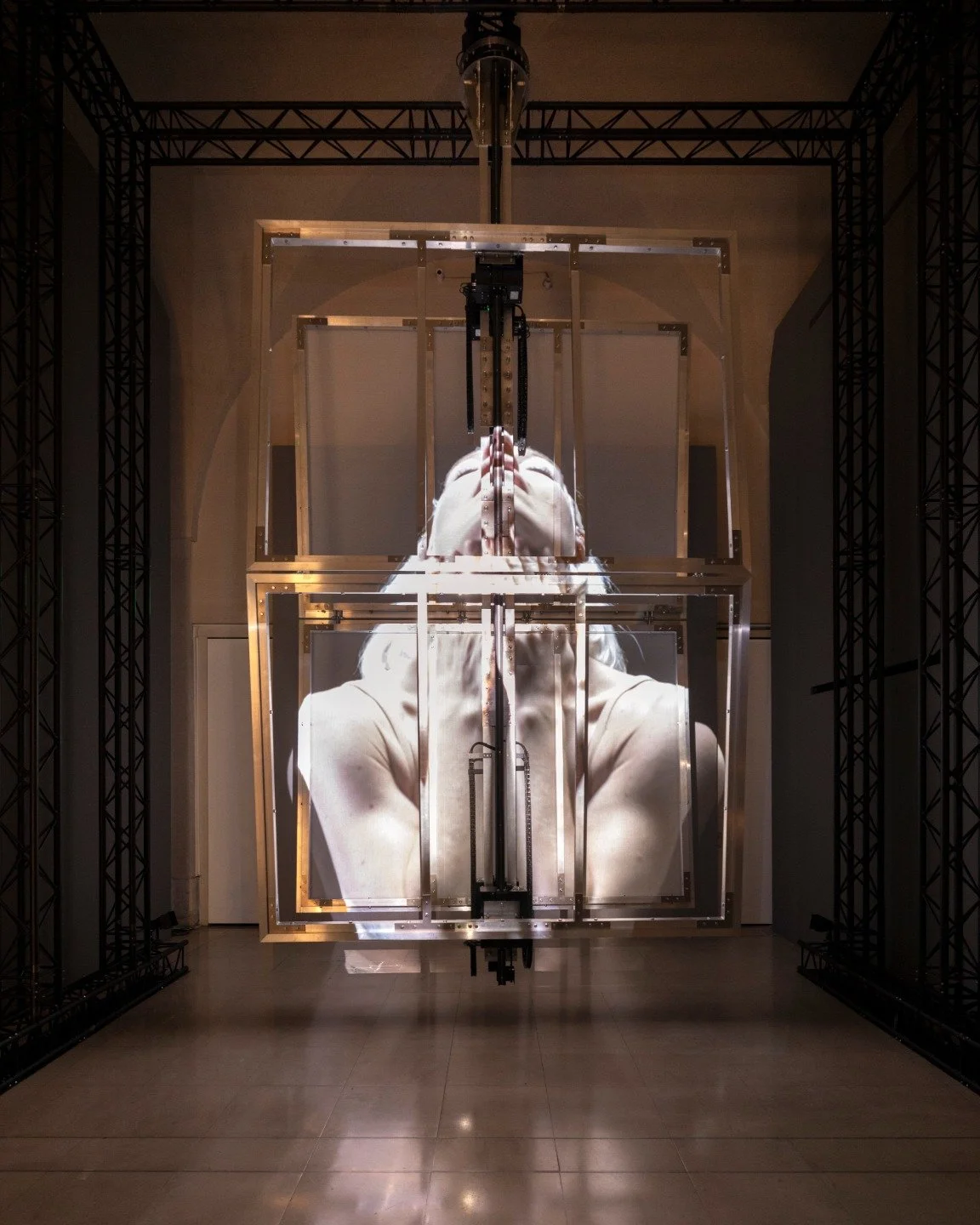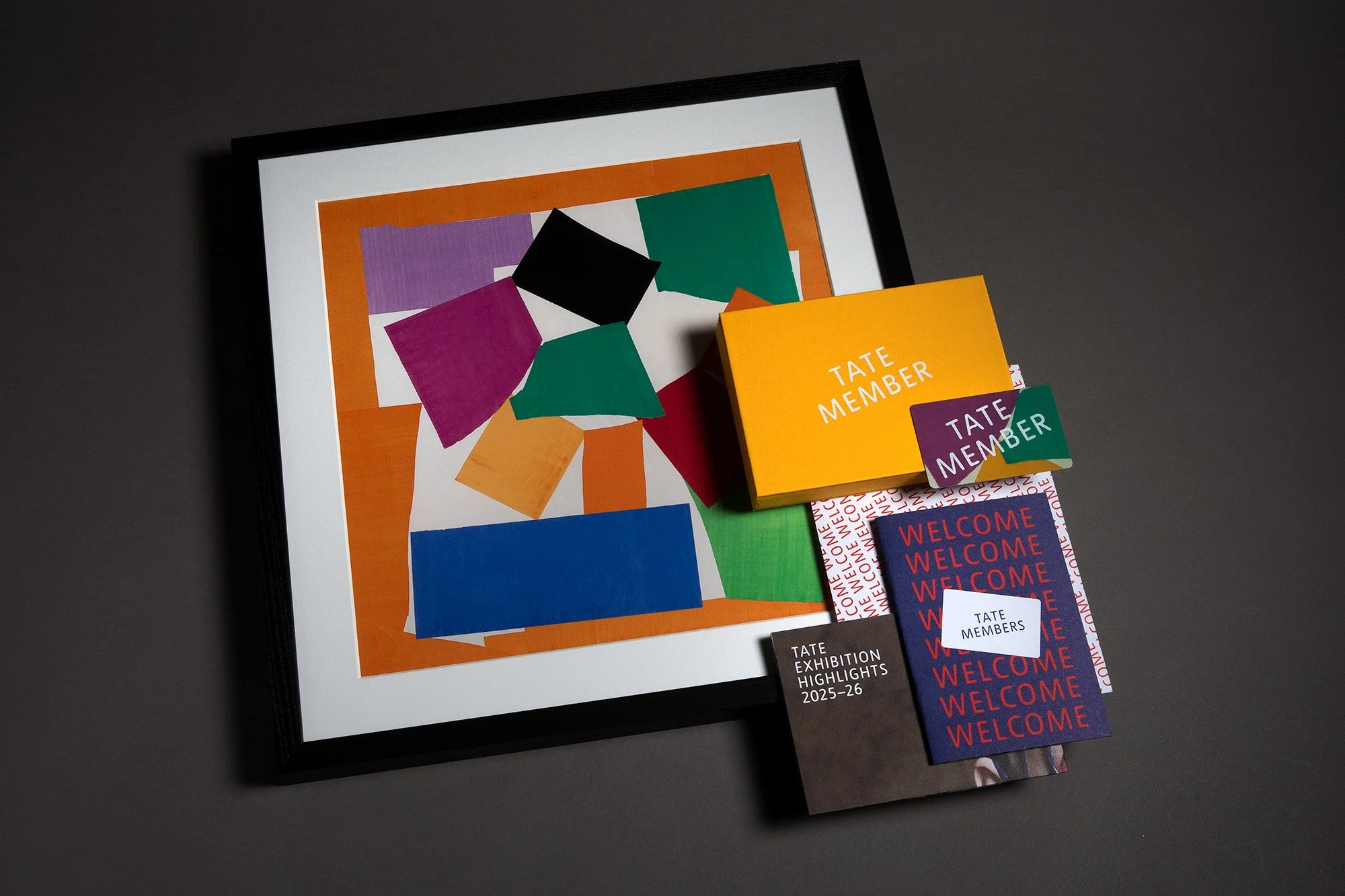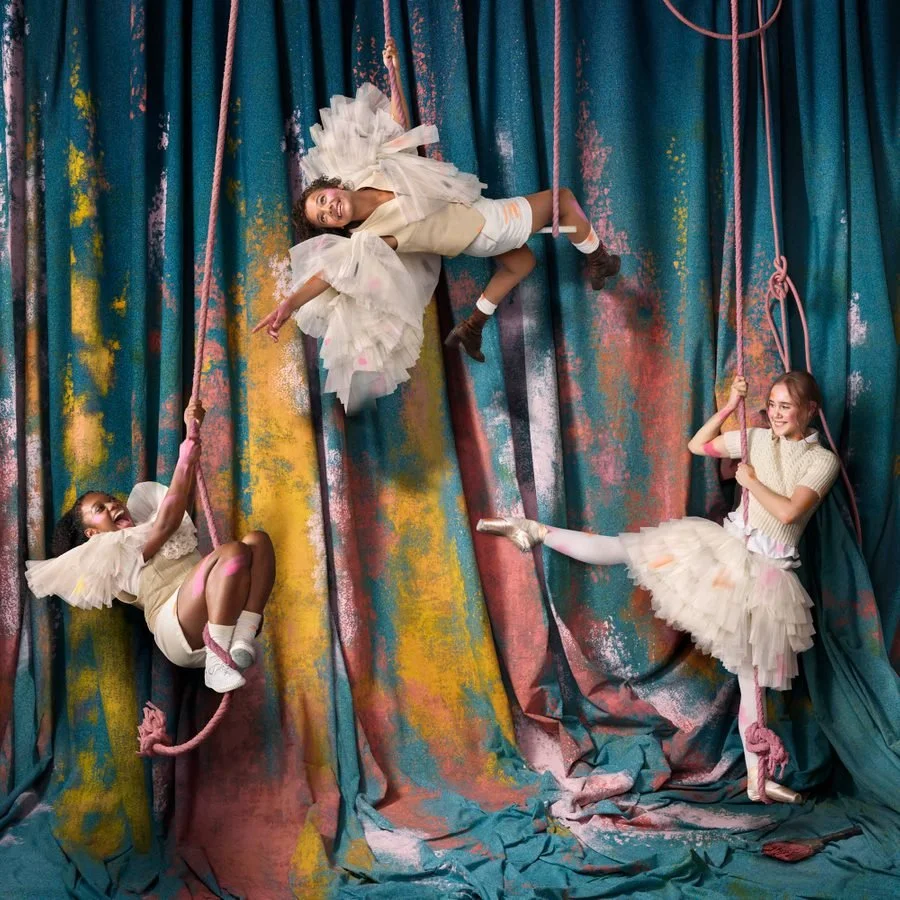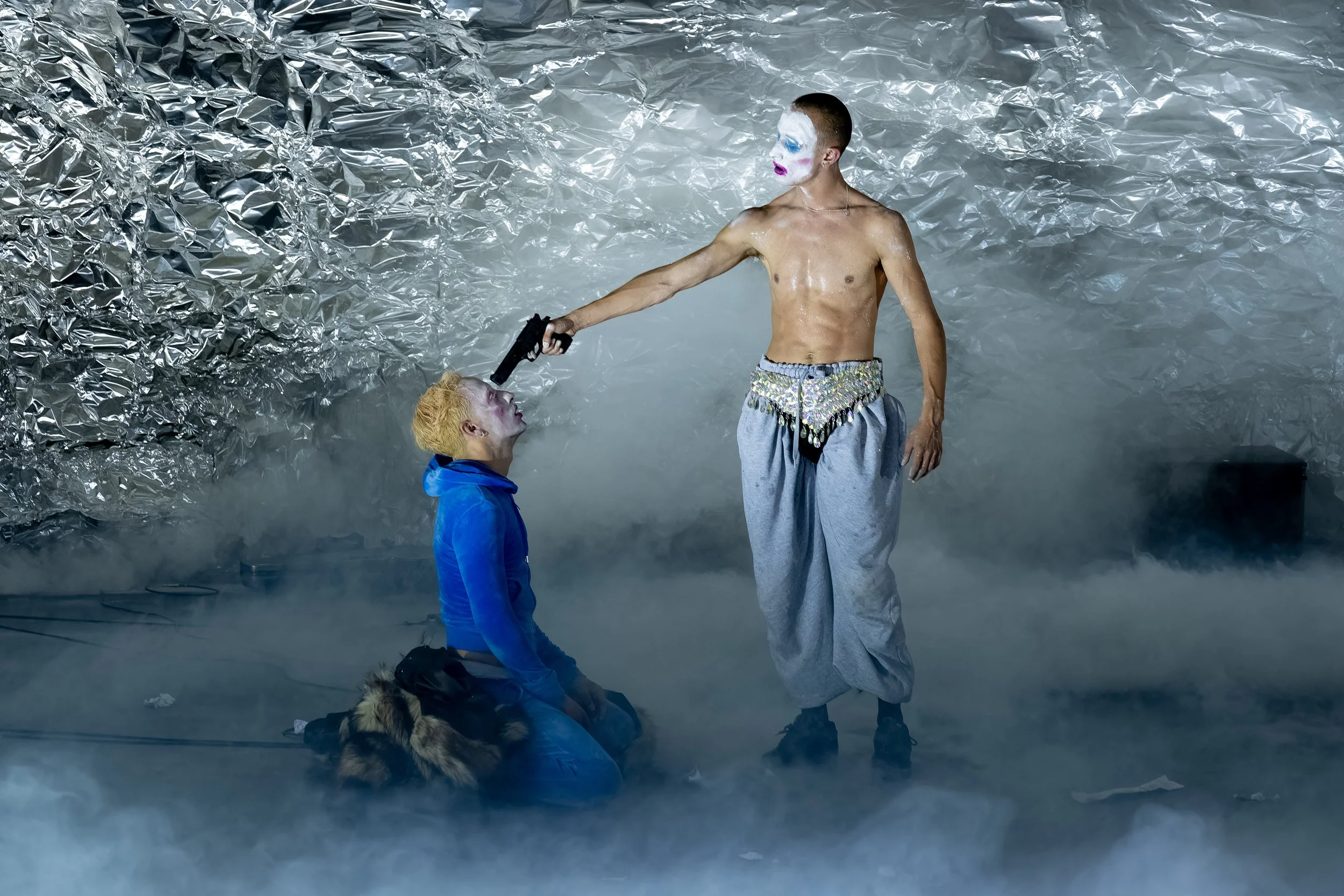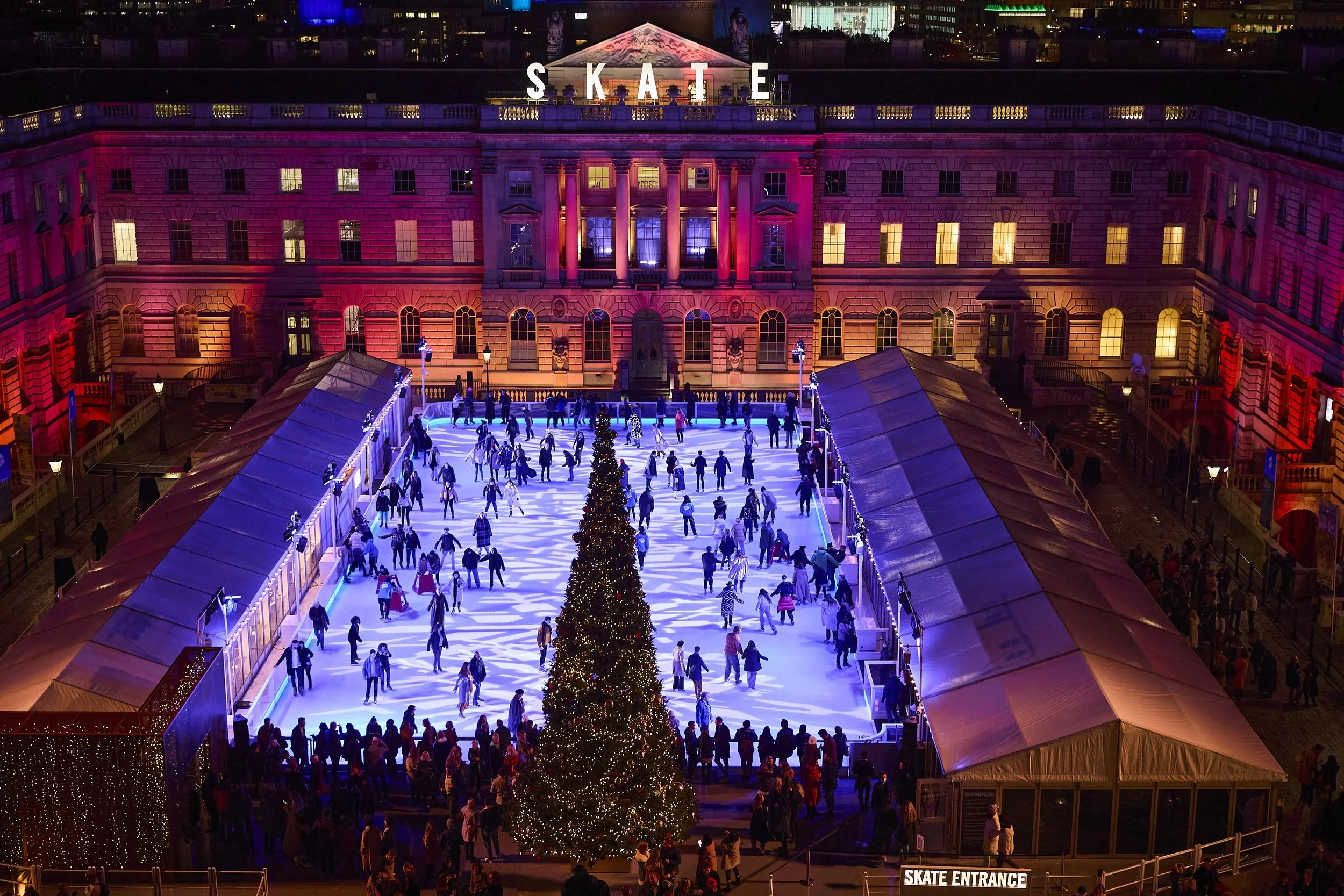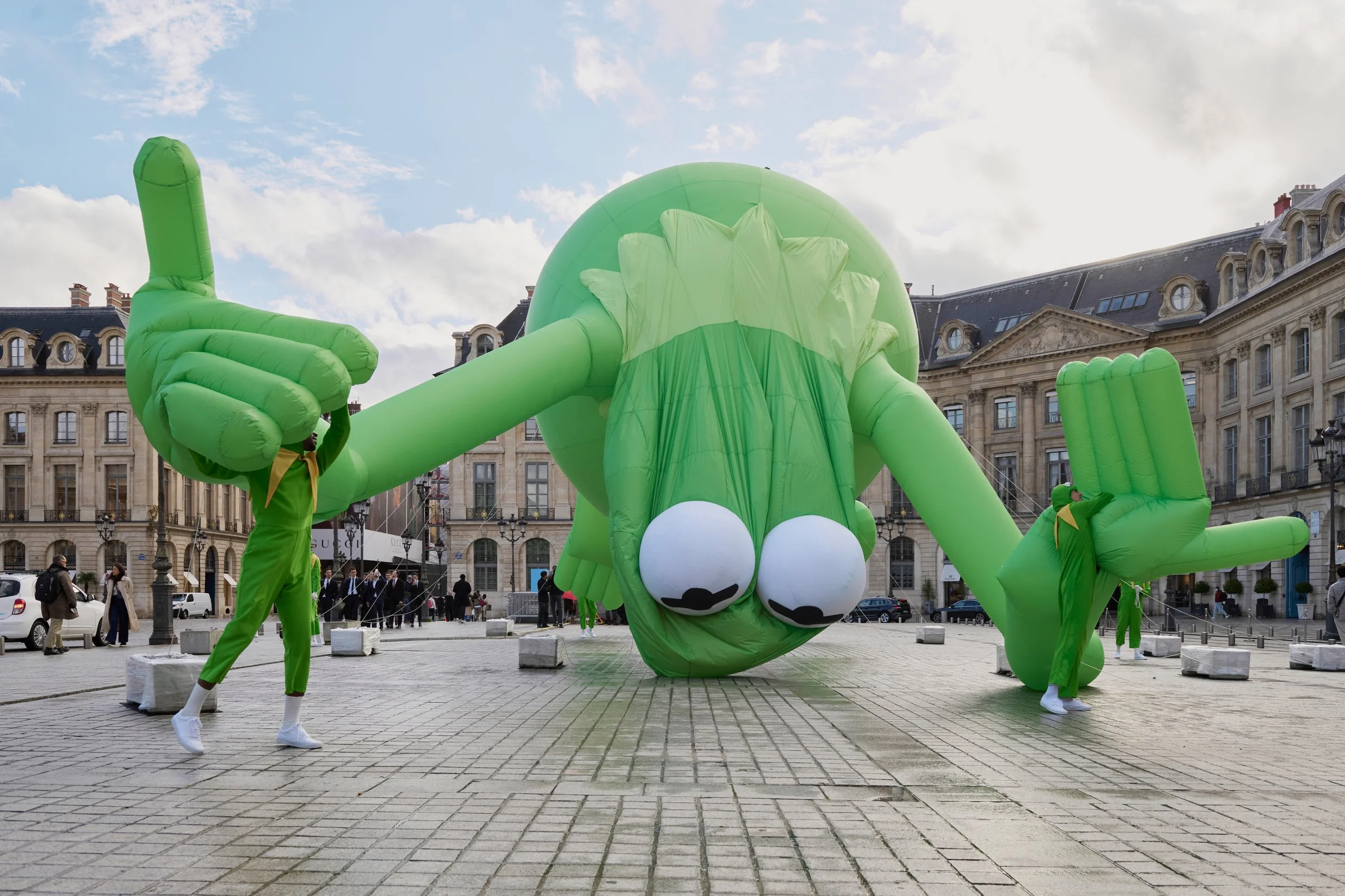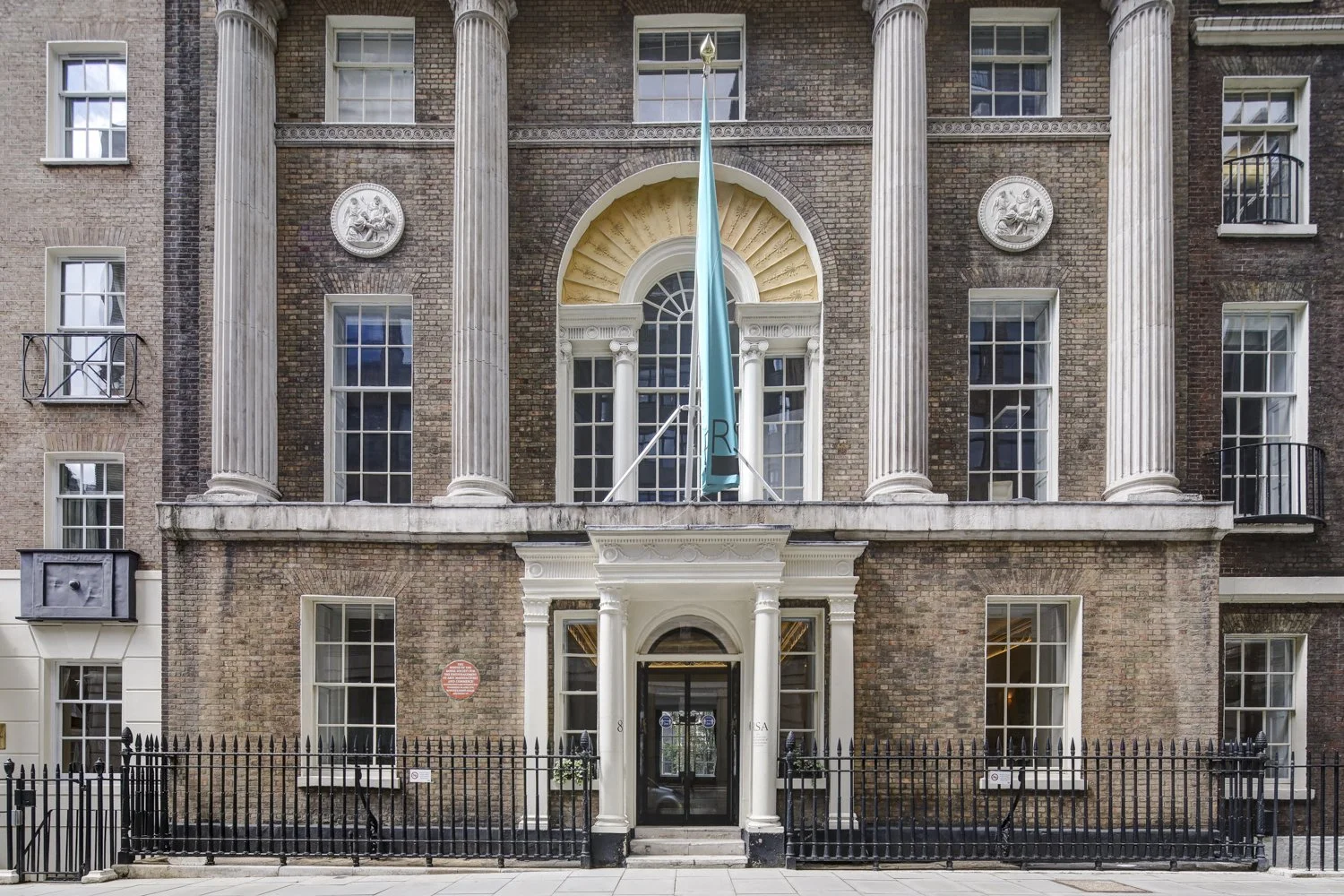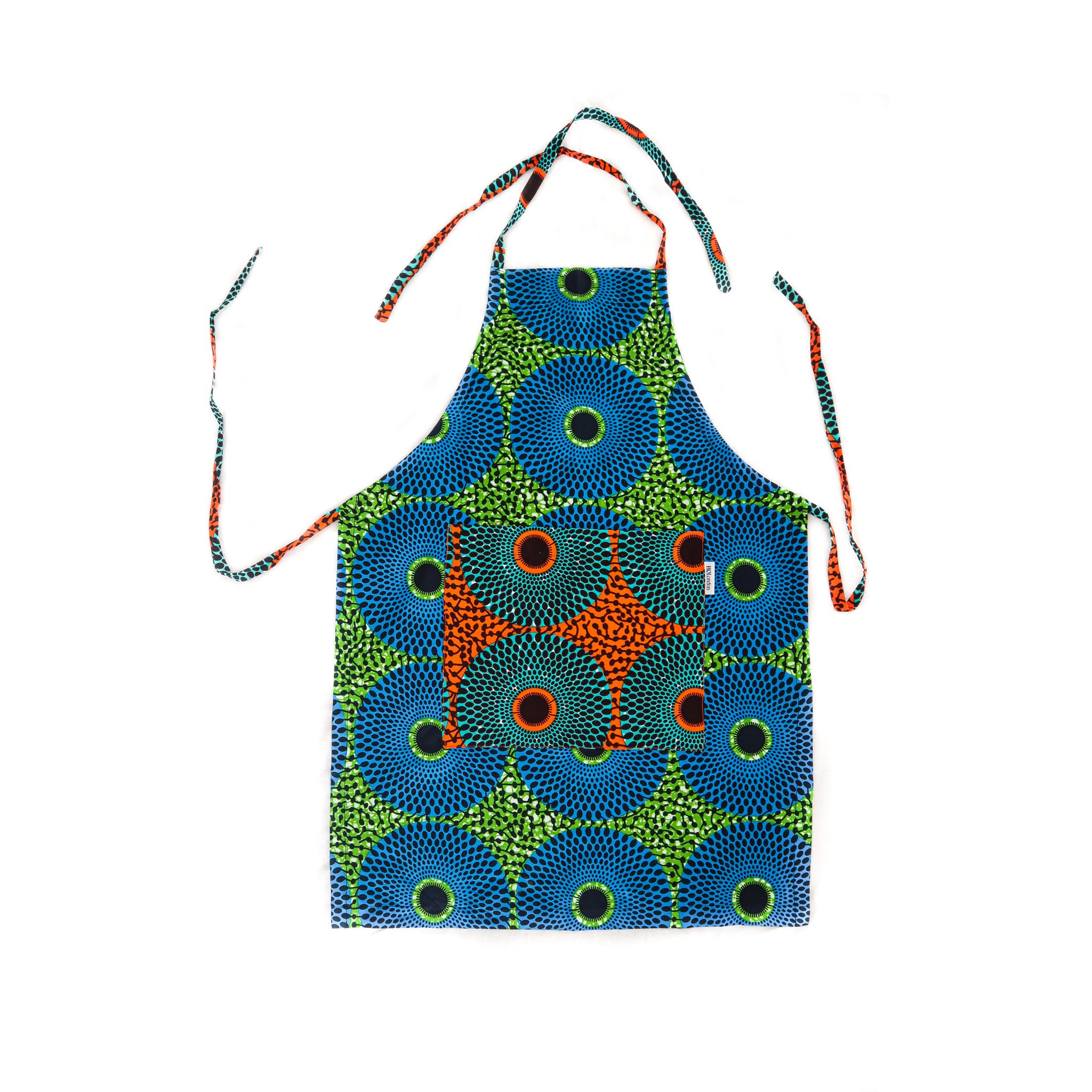Cartier at the Victoria & Albert Museum review
It’s blinging!! The UK's first major exhibition in nearly 30 years dedicated to Cartier’s jewels and watches is now open in the Sainsbury Gallery of the V&A Museum. Featuring over 350 pieces, the exhibition is sponsored by Cartier and is curated by Helen Molesworth and Rachel Garrahan who offer us an insight to the development and the evolution of the brand and its long standing connection to London. The more extravagant pieces inspire sheer awe- not only for the exquisite craftsmanship and time needed to create what one can only call, works of art, but also imagining the occasions to which they were worn.
Installation view of Cartier at V&A South Kensington (12 April-16 November 2025) © Victoria and Albert Museum, London.
The exhibition traces how the Maison became an unparalleled force in the jewellery and watch world. Founded in 1847 by Louis-François Cartier, the house quickly attracted high society and became known as 'the jeweller of kings and the king of jewellers' with clients ranging from European royalty, heiresses, to Indian Maharajas. But it was not until Louis-François' grandsons, Louis, Pierre and Jacques – that the label became a global phenomenon, with stores popping up in major cities like Paris, London and New York in the early 1900s.
The fairy tale exhibition is topped and tailed with tiaras - plenty of them. The opening piece is the stunningly majestic Manchester Tiara from the V&A collection, made in 1903 for the Dowager Duchess of Manchester. Just five years earlier the Cartier brothers became official partners, they made the decision to employ in-house designers when previously ready-made pieces were bought- a shift that marked the beginning of the true artistic journey for the jewellery house.
Installation view of Cartier at V&A South Kensington (12 April-16 November 2025) © Victoria and Albert Museum, London.
As you move past the Manchester tiara you enter the gallery that reveals the Maison’s global vision, drawing inspiration from Egypt, India, Japan and China during a time when all things “oriental” and “exotic” were in vogue.
The room offers a brief but rich exploration of cultural influences from Louis Cartier’s personal library of Islamic art books and Japanese Flora & Fauna to antiquities at the Louvre. As it is the season, lookout for the two wisteria brooches (1903) sold to Sir Ernest Cassel, a friend and the advisor of King Edward VII. The room is filled with curiosities - a jade belt, carved Buddha figures, a perfume burner, a vanity case key (a loan from the Kashmira Bulsara Collection, a promised gift made in memory of her brother Freddy Mercury). A cabinet displays delicate brooches showing Cartier’s development of the “Garland Style” inspired by French art and architecture of 1700s characterised by swags, ribbons and wreaths.
Installation view of Cartier at V&A South Kensington (12 April-16 November 2025) © Victoria and Albert Museum, London.
The next room dives into the Royal Family’s connection with Cartier. Highlights include jewels loaned by His Majesty the King and rare pieces from Cartier’s archives and private collectors.
Cartier’s client interactions with wealthy, influential and international clients led to them being commissioned to create new unique pieces, sometimes adapting or remounting existing collections. Frederick Mew was a London Cartier designer of note, working on several high-profile commissions. Mew’s archive of around 5,000 designs entered the V&A’s permanent collection in 2009 and a few are on display. A highlight object in this section is the Williamson Diamond brooch, on loan from the Royal Collection. It was commissioned from Cartier London by Queen Elizabeth II in 1953, the year of her coronation, and features the rare 23.6 carat pink Williamson diamond that she had received as a wedding gift in 1947. Mew’s drawing proposals for this piece are on display. The queen wore the brooch for the wedding of Prince Charles to Princess Diana in 1991. Nearby is a rose clip brooch previously in the private collection of Princess Margaret, worn at her sister’s coronation and now part of the Cartier Collection. Also on view is an impressive array of jewels originally purchased by the Duke of Windsor for his wife – one of the greatest private jewellery collections of the 20th century.
Installation view of Cartier at V&A South Kensington (12 April-16 November 2025) © Victoria and Albert Museum, London.
My personal favourite is the show-stopping ceremonial diamond necklace which was a special order in 1928 and restored in 1999-2002. A commission by Bhupinder Singh, Maharaja of Patiala, a key client and friend of Jacques Cartier, to reset his treasury of gemstones. This was among the largest in Cartier’s history. The Patiala necklace disappeared after Indian Independence in 1947 and was only rediscovered years later, with the largest gems missing and since replaced.
Cartier’s signature panther motif, first introduced in 1924, has become one of its most iconic symbols, representing strength and elegance. A short film in the gallery showcases the intricate process behind crafting these bejewelled cats. The Panther collection is displayed in a dreamy, glass encased jungle designed by artist Asif Khan MBE – another moment worth lingering over.
There is no rose-coloured story behind the extraction and procurement of gemstones and this exhibition will not attempt to delve too deeply on the topic but mentions the process has at times been tarnished by issues surrounding colonialism and traceability. It does note in 2005 Cartier became a founding member of the Responsible Jewellery Council, established to develop ethical and sustainable standards in the jewellery supply chain. And that’s where the conversation ends.
Installation view of Cartier at V&A South Kensington (12 April-16 November 2025) © Victoria and Albert Museum, London.
We learn the main origins of stones such as rubies from Myanmar, emeralds from Columbia, sapphires from Sri Lanka etc with outstanding examples of each on display. But the highlight is most certainly the Tutti Frutti collection – a signature mix of rubies, emeralds, sapphires, diamonds and onyx inspired by Jacques Cartier’s travels to India, producing some of the most iconic and colourful designs in the Cartier pantheon. The curators informed us these vibrant pieces are unlikely to be shown together again, making this a rare, once in a lifetime opportunity.
Mexican film star María Félix’s exceptional snake necklace (1968) stands alone in a room. Made with 2,473 diamonds and enamel scales in the colours of the Mexican flag on its underbelly is a unique piece which encapsulates Cartier’s ability to combine aesthetic invention while reflecting its client’s individual style.
Installation view of Cartier at V&A South Kensington (12 April-16 November 2025) © Victoria and Albert Museum, London.
Of course, a Cartier exhibition wouldn’t be complete without showcasing its legendary timepieces from elegant mystery clocks to its iconic Tank watch. The mystery clocks, with hands that seem to float in mid-air as they move will be less known to people but keep an eye out for Jackie Kennedy’s Tank watch, later owned by Kim Kardashian.
Actors and music artists replaced royalty and aristocrats as the style icons of their day. A film shows the likes of Michael Douglas, Gloria Swanson and Anne Hathaway wearing Cartier in film to demonstrate their vision to broaden their offering and appeal. A highlight from this section includes Grace Kelly’s 10.48 carat step-cut diamond engagement ring, worn in her final film High Society (1956).
Installation view of Cartier at V&A South Kensington (12 April-16 November 2025) © Victoria and Albert Museum, London.
The penultimate room displays the garland 1902 scroll tiara and a 1906 choker necklace which floats ethereally behind a glass window: commissioned in 1902 for the Countess of Essex, it was worn by the prime minister's wife, Lady Churchill, for the Queen's coronation. Only later to be used on a cover of W magazine’s issue in 2016 crowning the singer, Rihanna styled as a warrior queen in a dystopian future.
The exhibition culminates with elevated sparkle in a room of eighteen tiaras - the highest expression of a jeweller’s creative imagination and technical skill. In 1937, the year of King George VI’s coronation, Cartier London made more tiaras than in any year before or since.
To see this extraordinary collection of objects gathered in one place is remarkable. For mere mortals, many of the items never were, and never will be within reach but does not preclude us from marvelling at all that sparkles and the fairytale life we dream comes with it.
Date: 12 April – 16 November 2025. Location: V&A South Kensington, Cromwell Road, London, SW7 2RL. Price: Weekday £27 / Weekend £29. Concessions available.Book now.
Review by Natascha Milsom













